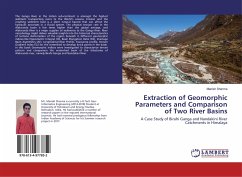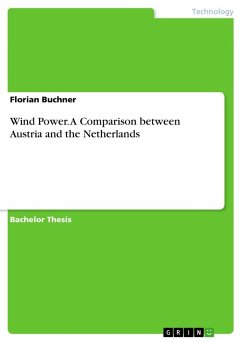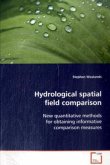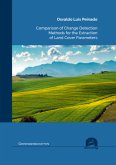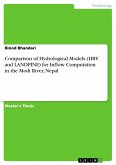In Geology, a fault is a planer or non-planer fracture or discontinuity in a volume of rock across which there has been significant displacement as a result of rock mass movement. A fault model is called interacting when they are approaching each other. Large faults within the Earth's crust result from the action of plate tectonic forces, with the largest forming the boundaries between the plates, such as subduction zones or transform faults. According to elastic rebound theory, tectonic earthquakes are caused by the sudden release of elastic strain energy stored in the strain rock masses in some regions of the earth in the lithosphere by fracture or fault movement produced by sudden relative displacement of neighbouring portions of the earth's crust. This relative movement occurs when the accumulated stresses become sufficiently large to overcome the local cohesive strength of the rock and/or the frictional forces which keep the faults in the locked state.


